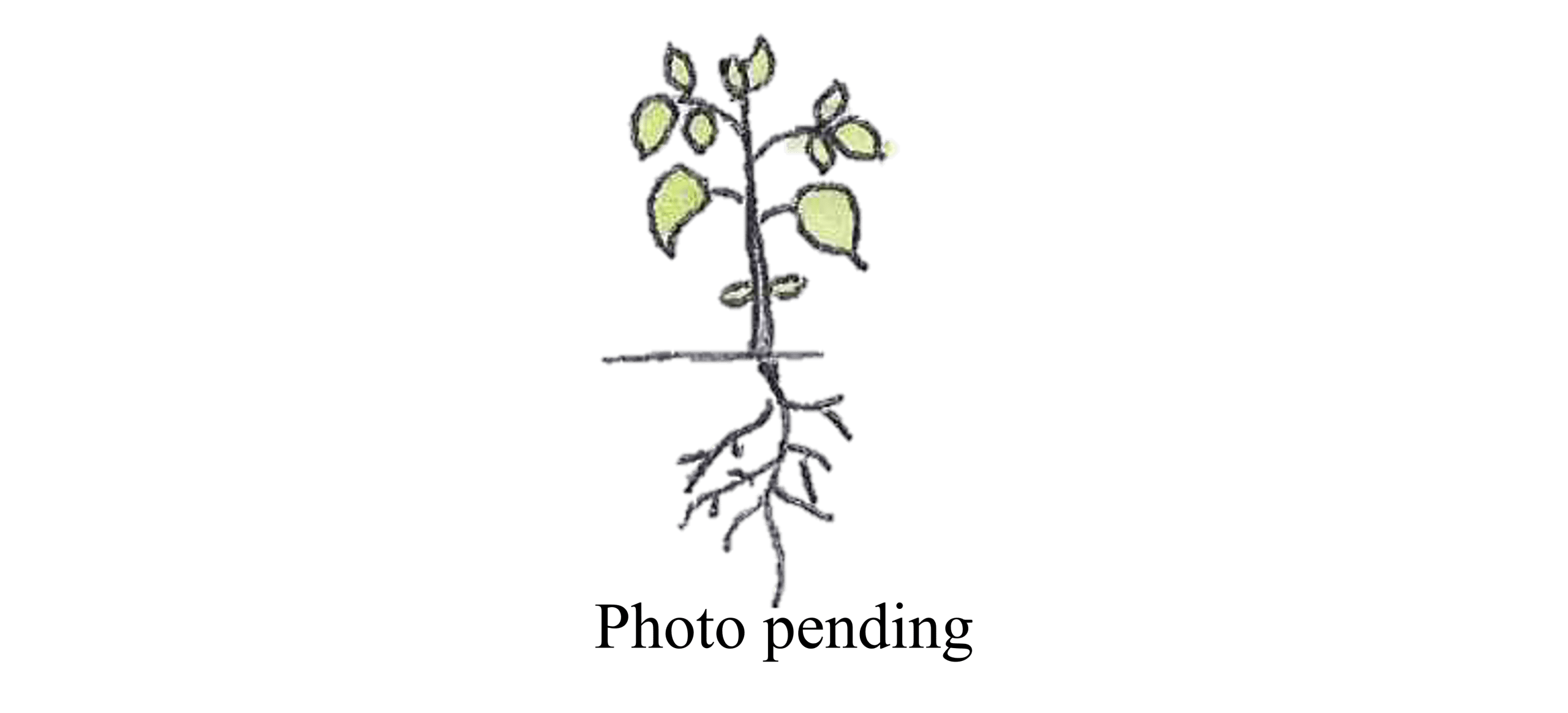Yellow laurel
Cryptocarya bidwillii, Fam. Lauraceae

Small tree, often with a low, spreading crown, rarely flanged or buttressed and grey to grey brown, smooth bark with fine vertical rows of red lenticels and fine horizontal cracks. This leads to the bark having a pimpled appearance. Cryptocarya from the Greek ‘kryptos’ concealed and ‘karyon’ a nut, referring to the fleshy covering on the seed.
| Weed Category: | |
| Weed: | No |
| Form or habit: | Small tree |
| Family: | Lauraceae |
| Leaf: | Simple, alternate, spirally arranged, elliptic to lanceolate or narrowly lanceolate, 6-13 x 1-5cm, tough texture, usually penninerved but occasionally three-veined. Margins entire but very waxy, glossy green and glabrous both sides but paler below. Underside has straight, appressed white or pale brown hairs only when very young. Three to 10 pairs of primary veins, venation mainly yellow green, domatia absent. Dried leaves turn brown with a red brown midrib. Petiole 3-10mm long. |
| Flower conspicuous: | Conspicuous |
| Flower colour: |
White, Cream |
| Flower description: | Axillary of pseudo-terminal panicles of small, bisexual, white or cream, pubescent, bell shaped flowers. Pinkish buds, October to January. |
| Fruit conspicuous: | Conspicuous |
| Fruit colour: |
Black |
| Fruit: | |
| Fruit description: | Black, ellipsoid drupes, 1.1-1.6 x 0.8-1.3cm. November to February. |
| Habitat: | Rainforest. |
| Distribution | Queensland, New South Wales. |
| Food source for: | Fruit eaten by the wompoo fruit dove, Lewin’s honeyeater, regent and satin bowerbird, topknot pigeons and Australian king parrot. |
| Toxicity: | No toxicity known |
| Origin: | Australia. |
| Notes: | Grow from fresh seed, remove flesh prior to sowing, seed germinate in 20 to 25 days. Creamy white to yellow when green timber, close grained, hard, tough and not durable in the weather. |
| Information sources: | Melzer R. & Plumb J. (2007) Plants of Capricornia. |



